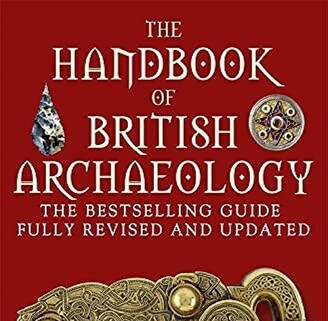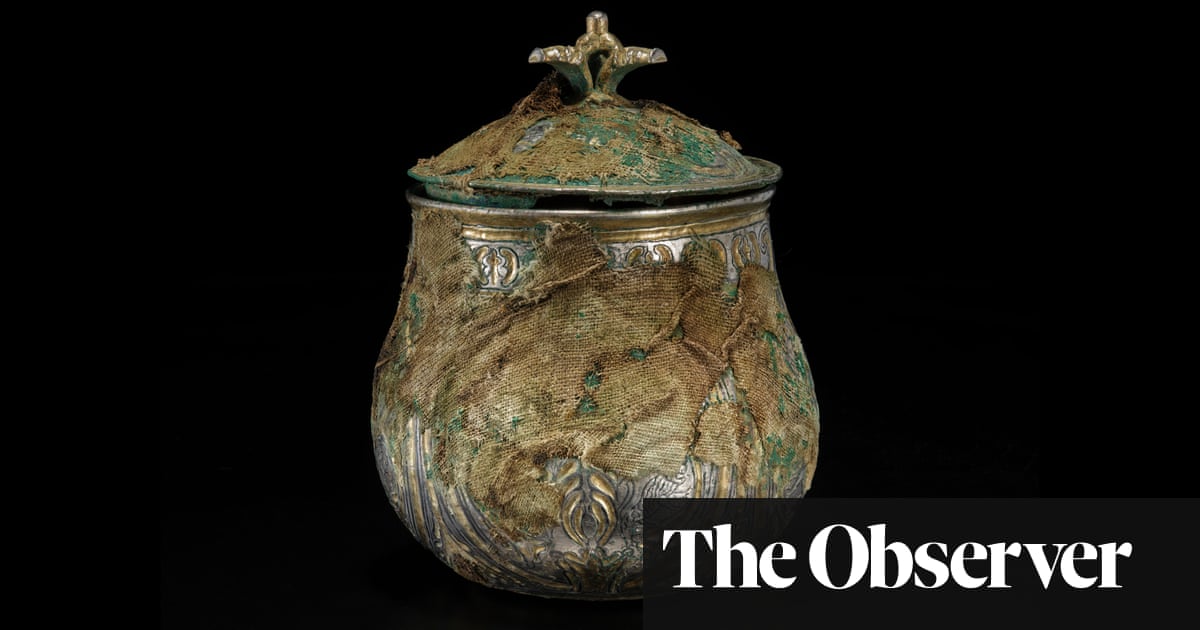It is a star object of the Galloway Hoard, the richest collection of Viking-age objects ever found in Britain or Ireland, buried in AD900 and unearthed in a field in Scotland. Now a lidded silver vessel has been identified as being of west Asian origin, transported halfway around the world more than 1,000 years ago.
When it emerged from the ground a decade ago, the vessel was still wrapped in its ancient textiles, whose survival is extremely rare. Its surface could be seen only through X-ray scans. Since then, the textiles have been partially removed and preserved and the vessel has had laser cleaning to remove green corrosion over much of its silver surface. It has also undergone scientific analysis.
Details of a “remarkable” design that includes crowns, fire altars and creatures including leopards and tigers can be seen for the first time.
The imagery is linked to the iconography of Zoroastrianism, the state religion of the Sasanian empire, the last Persian empire before the early Muslim conquests from AD632. Scientific analysis shows that the silver from which it was made came from a mine in modern-day Iran.
The hoard was discovered in 2014 by a metal-detecting enthusiast on what is now Church of Scotland land at Balmaghie, Kirkcudbrightshire. Described as one of the century’s most important UK archaeological finds, it contained more than 5kg of silver, gold and other materials, with objects ranging from a Christian pectoral cross to brooches.


